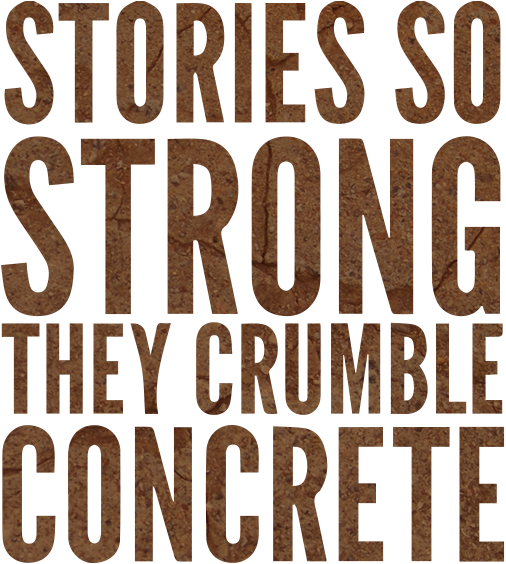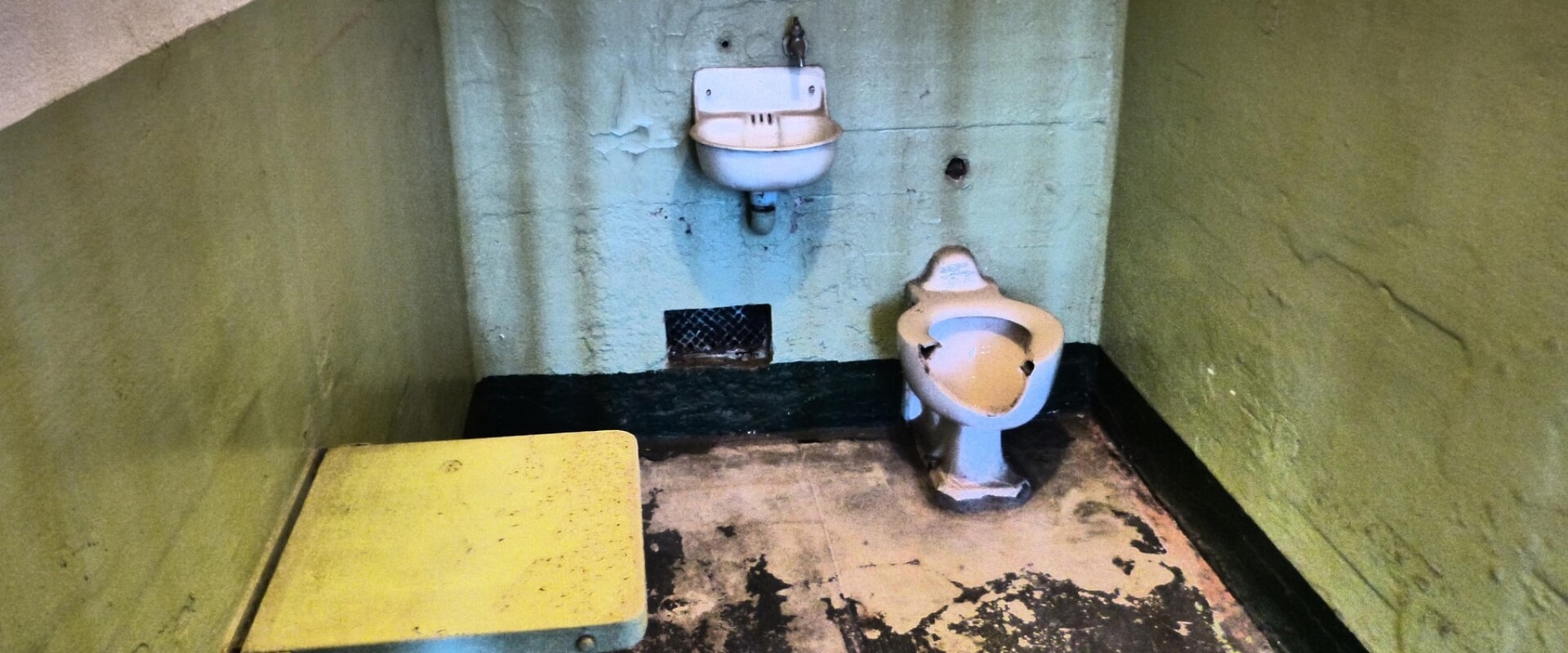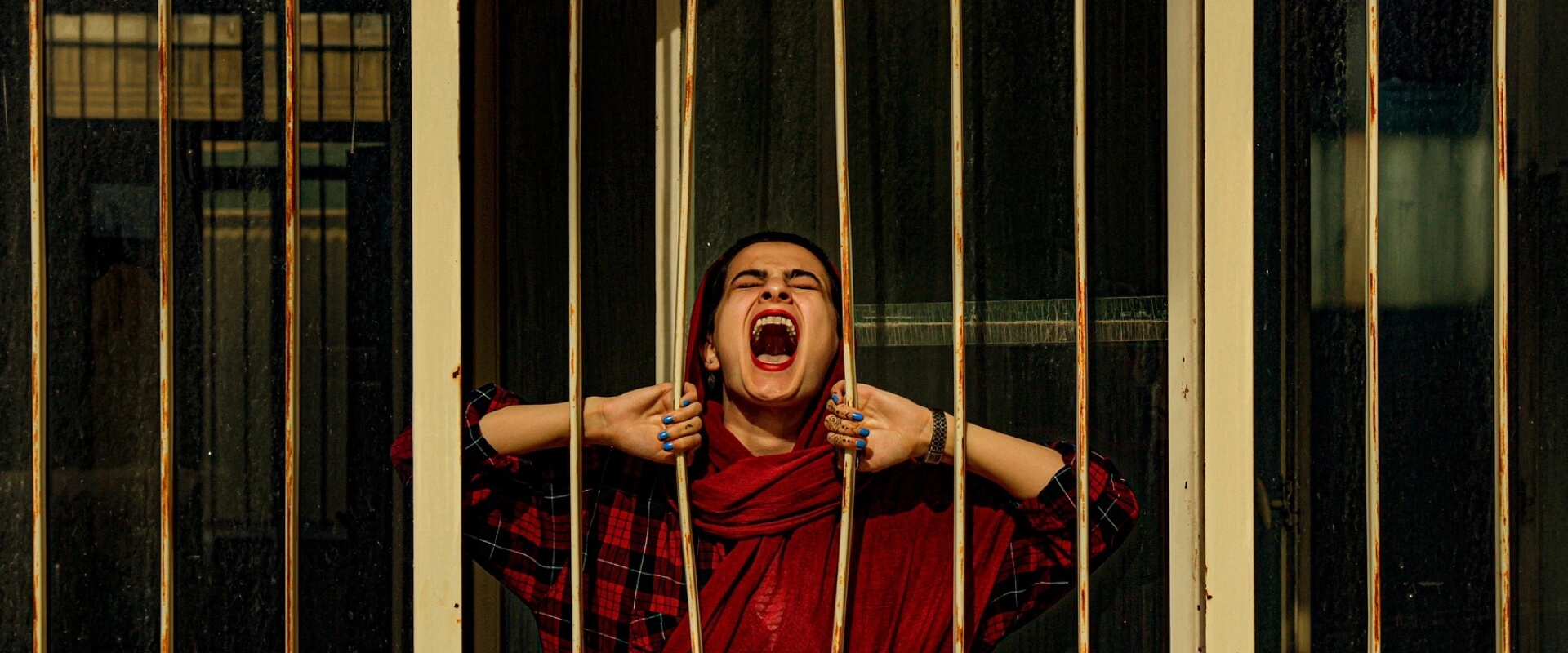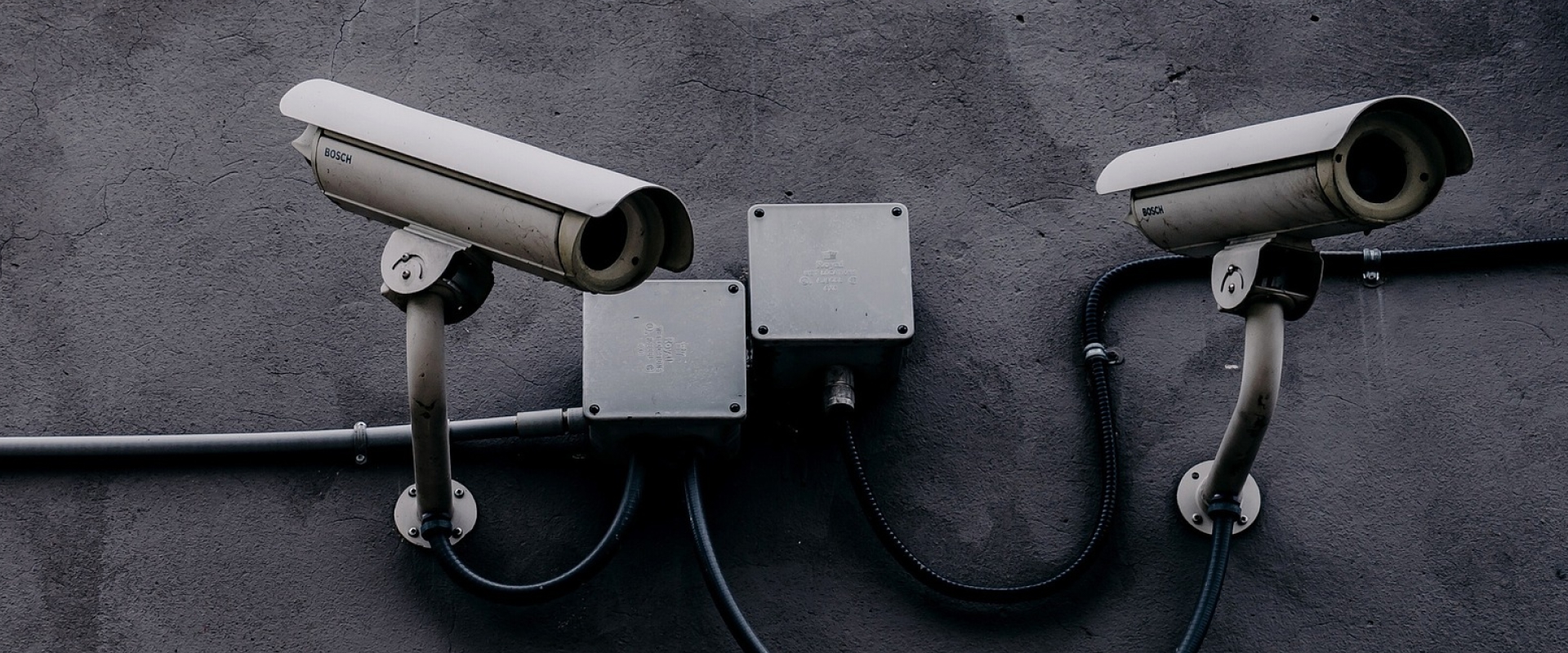State and Private Violence
I feel there is a continuing political problem in the materials (including speeches, definitions, etc, etc) in the omission of women as part of the prison population. To me, this is connected to another political problem, which is the tendency to define control units by their conditions as opposed to their purpose. To put my position on this most simply: the prison system as a whole is intended to repress social and political struggle and to be part of carrying out a program of genocide against Third World populations inside the U.S. The repression aspect operates on various levels, mostly providing a way for the U.S. to prevent any kind of rebellion or disorder in the country, as well as to serve as a threat against future unrest. (... all crime is progressively political. I mean that the state’s response to its own fundamental social inequities is to make robbery a crime, but not greed of the rich. In this way, prisons expand constantly the power of the state to define and control social reality.) As a tool of genocide, I’m sure you know what I mean - Mutulu, Jalil, Sundiata, Assata and others have described it fully. Within all that, the women’s prison population is exploding in size—years ago, daily violence against women, repression carried out by the nuclear family, and mental institutions satisfactorily took care of the problem of repression women, so not so many had to go to prison. Since the social movements from the 60’s on and especially the growth of anti-colonialist forms of expressions of women’s liberation in the oppressed nations, more women have to be imprisoned for the purposes of imperialist control. So I think the issue of women fits, and helps complete, a general picture of the function of prisons.
Within that, control units are for the purpose of further repressing the prison population, exactly what that ex-warden of Marion said. Overall, I think that controlling the whole prison population is the point of these units - keeping any resistance from growing and spreading… I think the omission of mention of Cardenal Unit, Lexington HSU and Marianna in most of the material reflects a tendency to focus on conditions rather than purpose of the units. As I’ve said many times, I feel the focus needs to be on the current forefront of the control unit phenomenon, i.e. men’s units. But I think it’s a big mistake to omit the women’s units, because it ends up marginalizing women, leaves the analysis incomplete, and fails to bring up the clearest example of how a control unit campaign can win - because both the Cardenal Unit and HSU were closed and we won transfer out of Marianna for the 4 political prisoners, and in so doing undermined somewhat the BOP/s ability to use the unit the way they had planned.
Comments on the Survival Manual
To me, the over-riding thing of importance in surviving my various stints in control units was to refuse to relinquish control! By that I mean: keeping always in mind the purpose of the control unit - i.e., remembering what the state was trying to accomplish by putting me there, and then using my own powers of understanding to resist their plan. Among other things, this meant:
- making a schedule for my days, instead of allowing the cops to determine my days.
- having several different schedules, and alternating them, to avoid having the days all melt into sameness, and to keep track of what day and date it was.
- using exterior signals, such as changes in light, shift changes, regular noises from outside my cell, to keep track of time. The first few weeks, I’d not a sound or other objective occurrence, then yell for the cops to find out what time it was, etc.
- developing several different kinds of exercise for different days and conditions. One technique of control used in every unit I’ve been in is withholding or postponing rec time. Since exercise was a very important way I controlled my anger so that I didn’t become upset or depressed, it was crucial for me to develop ways to avoid letting this necessity for exercise become one more tool for them to use against me. I learned yoga and did isometric weight training in my cell, and ran on the occasions I was able to go out to the rec yards.
- developed some creative activity that allowed me to admire my own human creativity - i.e., draw, write, make things from what is available, etc. Reminding myself that my place in the universe was as a sentient, loving, creative, human being, not a caged animal, was helpful. (This is why so many prisoners turn out incredible drawings in ballpoint pen!)
- Learn something - undertake to study something and use the mind so I left each unit having grown rather than being diminished by the experience.
- Write letters - get pen pals if needed - some active communication with the outside.
- For me, as a political creature, it was essential to get a subscription to a major newspaper. (I then managed to share it by smuggling it to other prisoners in the unit.) I was fortunate to have friends outside who chipped in to get me the paper. I wonder if the campaign could somehow get money or get people to get subscriptions to weekly news magazines - Time or Newsweek, or a daily or weekly decent newspaper - for people in control units? In women’s prisons and most control units, no news media are provided. Here at Dublin, the “library” gets one copy of the local newspaper every day - it’s more like an advertising circular than a newspaper!)
- I fought for every shred of what I was supposed to have a “right” to, based on the code of federal regs, which governs the BOP. But it’s hard not to get full of rage and frustration while doing this, so once in a while I would write a furious letter to the warden or someone else, saying everything I wanted, and then tear it up. Therapeutic, to a point.




